(To read the English version go to the bottom of the article) No sé si os he comentado alguna vez que una de mis grandes pasiones son las baldosas hidráulicas. Tienen un tacto muy suave, unos colores delicados, y al ser fabricadas artesanalmente cada pieza es única.
Pocas son las viviendas que las tienen, y lo cierto es que me da mucha pena ver cómo en la mayoría de los casos, acaban en el contenedor mezcladas con cascotes.
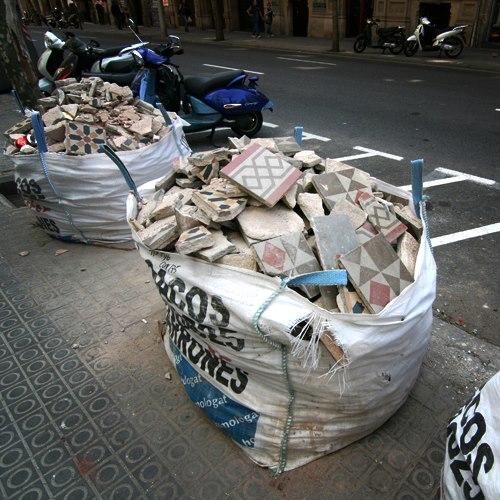
Pues bien, para romper esta tradición, un joven equipo de arquitectos sensibles, han llevado a cabo un proyecto precioso, que han bautizado como Rescued tile (“Baldosa rescatada”).
Todo comenzó en Barcelona y entre paseo y paseo no pudieron evitar fijarse en la gran cantidad de baldosas modernistas que la gente tiraba al reformar sus pisos. ¡Hasta sufrían por ello! ( éstos chicos son de los míos, jeje)
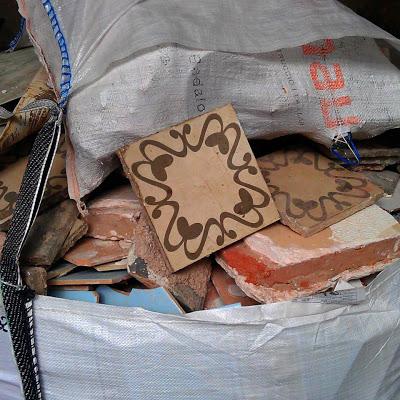
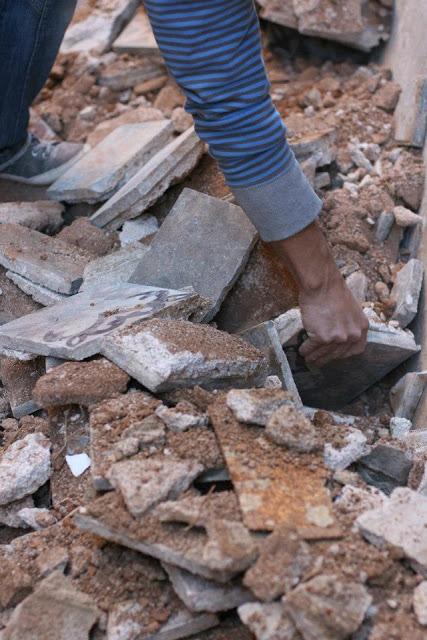
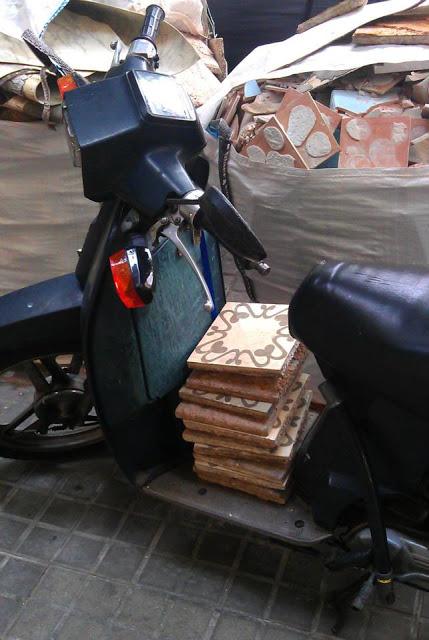
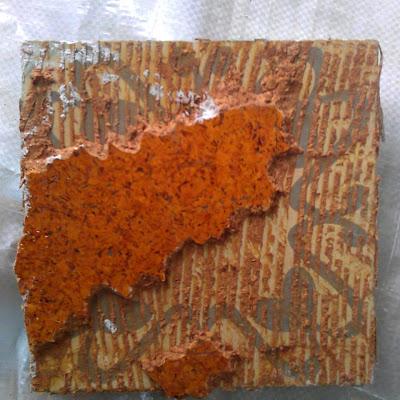
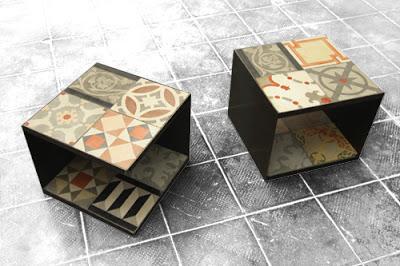
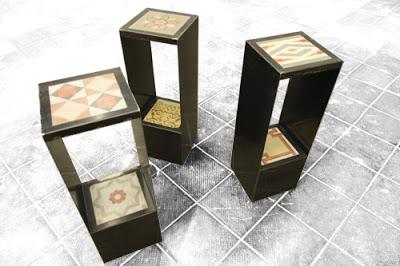
La invención de la baldosa hidráulica data del siglo XIX: tras el perfeccionamiento del procesamiento del cemento y la creación de la prensa hidráulica en 1868, los avances tecnológicos permitieron por primera vez la producción de azulejos sin necesidad de cocinar el barro en el horno. Su uso se extendió hasta los años sesenta del pasado siglo, cuando el empuje de las nuevas tecnologías hizo que la técnica artesanal quedara obsoleta.
Esta técnica artesanal se está perdiendo poco a poco. Para que esto no ocurra ,existe una empresa que desde hace seis años trabaja en la para recuperar de esta técnica para su fabricación. “EnticDesigns” nace en el año 2005 en Valencia como promotores de una iniciativa que busca recuperar la fabricación de baldosas hidráulicas en nuestro país. La empresa presta apoyo financiero y de diseño a dos viejos talleres artesanales con el objetivo de difundir y rescatar la técnica artesanal del olvido. Han retomado este proceso de manufacturación para la fabricación de sus baldosas y cenefas. El método implica fabricar los azulejos pieza por pieza.
Proceso:
1. Se coloca una trepa o matriz en un molde cuadrangular de 20 x 20 cm. Sobre esta trepa se derrama un compuesto mixto de marmolina, cemento blanco y pigmentos que conforma la primera capa de la baldosa, de un espesor de 3 mm. La trepa se encarga de contener la mezcla y así definir el diseño geométrico de la cara visible. 2. A continuación se retira la trepa y se ubican dos capas más sobre el molde, una de cemento encargada de absorber la humedad, y otra de cemento y arena que facilita la adherencia de la baldosa a la pared o el suelo. 3. Seguidamente, la pieza es compactada por una prensa hidráulica y sumergida en agua durante un día para su correcto fraguado. 4. Finalmente, las baldosas se dejan secar durante 28 días. El resultado es un ladrillo de 2 cm de espesor.

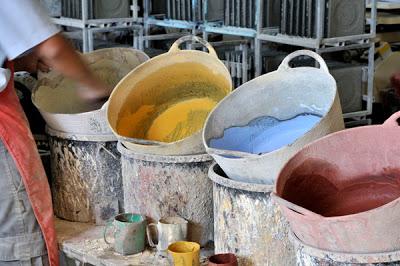
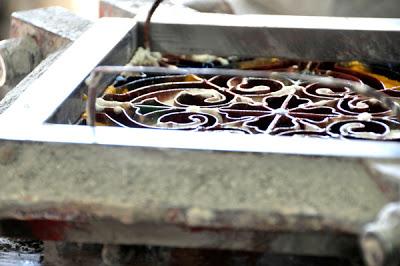

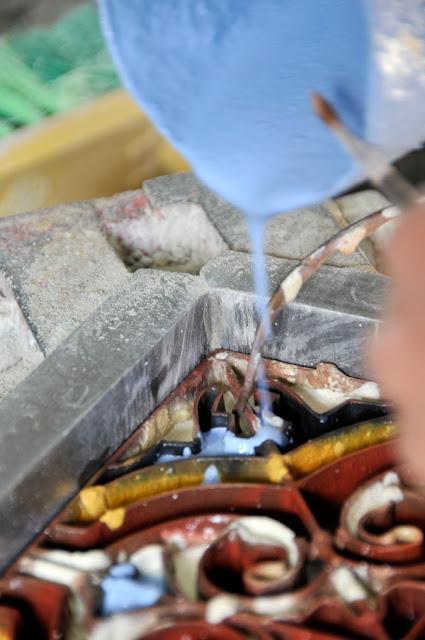
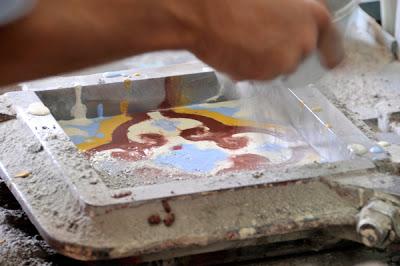
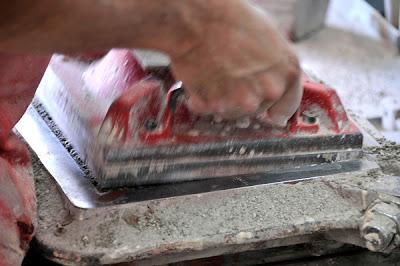
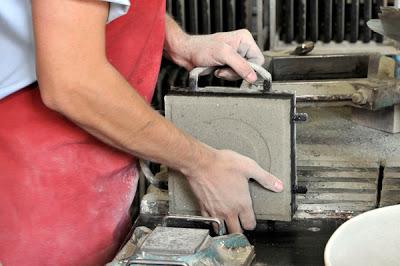
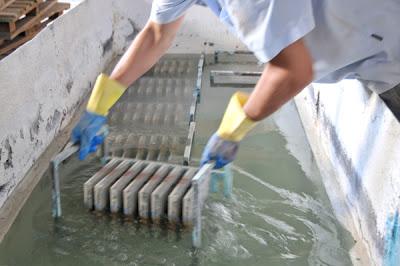

(English version)
I do not know if I have ever said once that another of my great passions are hydraulic tiles. I love them because of its soft, they have delicate colors and the fact they are made handcrafted. For that reason each piece is unique.
There are few houses that have them and I am very sorry to see them in the container mixed with rubble because of remodelations.
But ... to break this tradition a young team of sensitive architects have start a beautiful project, which is named Rescued tile .
It started in Barcelona , while walking around the city they noticed the large number of modernist tiles pulling in containers ...and they were sad and even suffered for it (these guys are like me !)
So they decided to go to the rescue of these beauties and as they were small amounts, they decided using them to change its use in furniture and household objects as trivet, stools, tables .... Here you can see some examples.
Now go further and also engage in research on their origins , documenting the history of each piece, and where they were collected.
The invention of the hydraulic tile started in nineteenth century: after further processing of cement and building hydraulic press in 1868, technological advances allowed for the first time the production of tiles without cooking the mud in the oven. Its use spread to the sixties of the last century, when push of new technologies made the stay craftsmanship obsolete.
This craftsmanship is slowly losing. To prevent this from happening, there is a company which working for six years on this technique to recover for their manufacture. "Entic Designs" was born in 2005 in Valencia as promoting an initiative that seeks to recover hydraulic tiles making in our country. The company provides financial and design two old craft workshops with the aim of spreading and rescue from oblivion the traditional technique. They have taken up the manufacturing process for the manufacture of its tiles and borders. The method involves making the tiles piece by piece:
Process: 1. A matrix is placed in a square mold 20 x 20 cm. This mixed compound of marble, cement and white pigments is spilled on the matrix, and that forms the first layer of the tile, with a thickness of 3 mm. The matrix takes care to contain the mixture and define the geometric design of the face visible. 2. Then the matrix is removed and two more layers are placed on the mold, and another one of cement to absorb moisture, and another of cement and sand which facilitates the adhesion of the tile to a wall or floor. 3 Thereafter, the compacted piece is a hydraulic press and immersed in water for one day to get its correct setting.
4. Finally, the tiles are left to dry for 28 days. The result is a brick of 2 cm thick.
